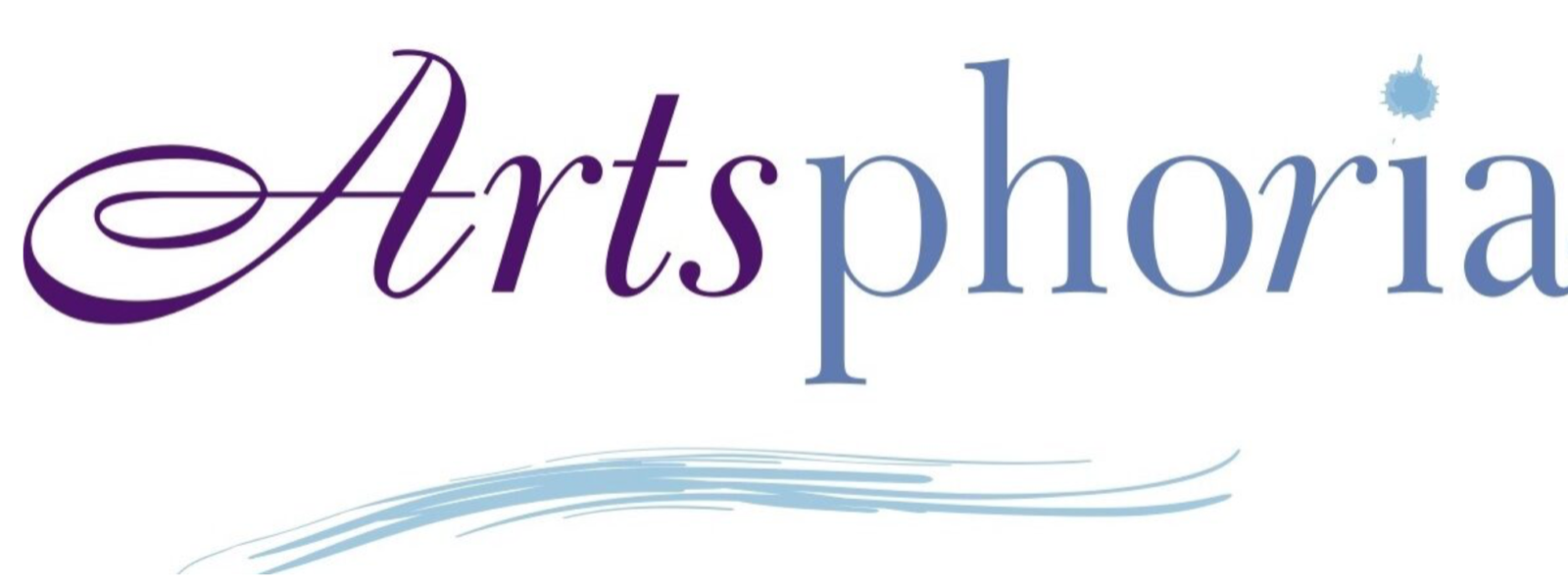Have you invented something new, useful and non-obvious and want to patent it? Each year, the U.S. Patent and Trademark Office (USPTO) receives an average of 500,000 applications. Patenting an invention can be challenging, but the USPTO can help.
Before you start the application process, find out:
1. What type of intellectual property protection do I need?
Intellectual property is unique work that reflects someone’s creativity. It can be an invention, a new variety of plant, a design, a different way of doing something or other innovation. Based on your intellectual property, find out what type of legal protection you need: a patent, trademark, copyright or trade secret.
A patent for an invention grants you property rights by the U.S. Government for a limited time. Other people cannot legally make, use or sell your invention in the United States.
2. Is my invention new, useful and non-obvious?
Does a patent already exist for your invention? To find out, the USPTO strongly recommends that you contact your nearest Patent and Trademark Resource Center to help you search for any duplicate patented inventions.
3. What kind of patent do I need?
Know what type of patent to apply for. Most patent applications are for a utility patent. A utility patent protects any new and useful process, machine, article of manufacture (items that can be made), composition of matter (mixtures of ingredients or new chemical compounds), or any new, useful improvements to an existing invention. Other kinds of patents are for designs and plants.
4. Do I have everything I need to apply?
Make sure you have what you need to apply for a patent, including:
- Ability to pay for fees
- An actual working model or a design on paper of your useful invention
- A patent attorney or patent agent — The USPTO strongly recommends using one. If you have limited resources, you may be eligible for free attorney representation. The USPTO also offers assistance to inventors who do not use an attorney or agent.
Once you decide to apply for a patent:
5. Learn how to prepare and submit your initial application. The USPTO also offers free webinars, online training, and an Inventors Assistance Center to help patent applicants.
6. Work with the patent examiner assigned to you (or have your attorney or agent work with the examiner) to resolve any issues.
7. Receive approval for your patent.
8. Pay regular fees to keep a utility patent. You do not have to pay regular fees to keep other types of patents.
If you follow these steps and successfully patent your invention, you will be in the company of some of the world’s greatest inventors.
Questions?
Join the USPTO and USAGov for a special Facebook Live on June 26, 2018, at 6:00 PM ET where experts from the USPTO will discuss the 10 Million Patents campaign and answer your questions live. You can RSVP here and even start sending questions.

